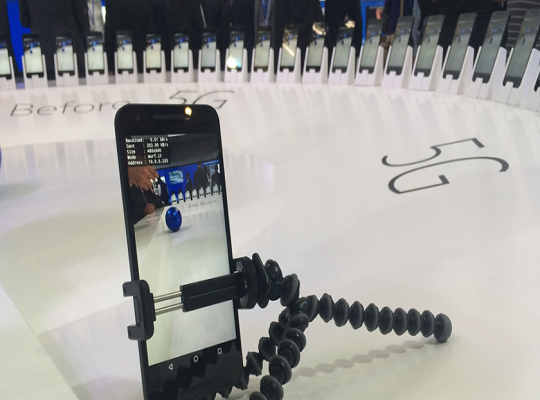
What is 5G? How will it improve lives?
AWTG is working closely on all research and development aspects of 5G network design in collaboration with the 5G Research Team at the Centre for Telecommunications Research, King’s College, London.
5G is expected to be not only a fast and efficient content delivery network but also a communication platform to enable touching, monitoring, controlling and steering objects (things) remotely (Tactile Internet) to support a wide range of emerging and future applications in the vertical business sectors. As envisaged, 5G comprises heterogeneous networks, primarily those of both wide and local areas.
The existing wide-area wireless networks (macro/micro cell LTE-A) continue to evolve towards 5G. New techniques and mechanisms are needed to enhance the operation, performance, control and management of these evolving networks to satisfy the additional requirements for 5G such as full coverage, high peak data rate and delay consistency throughout wide-area coverage. In addition, a revolutionary approach is needed for the design and deployment of dense small cells to support emerging new services and applications, particularly those that require peak data rates in order of several 10s of Gb/s.
There are three main challenges to the deployment of dense small cells: low CAPEX and OPEX for the deployed network elements, overcoming the complex network management issues that arise from the huge number of small, heterogeneous base stations and the approach to network backhauling. Because of the very high peak data rates per base station, connections between access nodes and between access nodes and gateways in a 5G dense small cell network will require huge capacity. An obvious solution is to use optical fibre in the backhaul; however, this solution is both costly and inflexible, as it has no self-organising feature. An alternative solution is to use wireless backhauling at millimetre-wave frequencies above 18 GHz where very wide frequency bands are available.
To reduce both CAPEX and OPEX of the 5G network, the following approaches could be considered at the start of the 5G network design.
- Software Defined Network (SDN) (end-to-end virtualization)
- Cloud RAN (radio access virtualization)
- Full automation (measurements and reporting)
- Self-X (self-configuration, self-optimization and self-healing)
These techniques offer other advantages such as easy and fast roll out, easy capacity and coverage expansion, easy network upgrading, support for multi-vendors’ equipment, lower energy consumption, network sharing and more . . .
